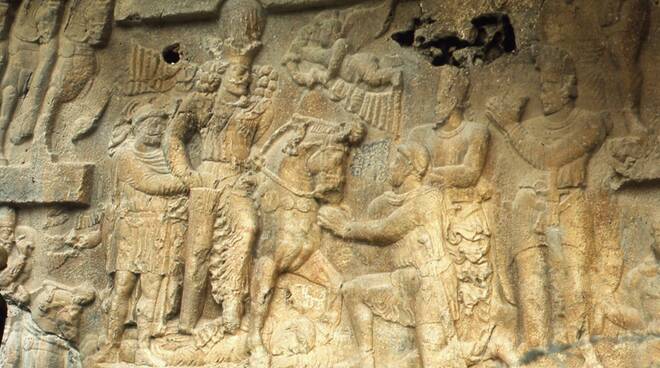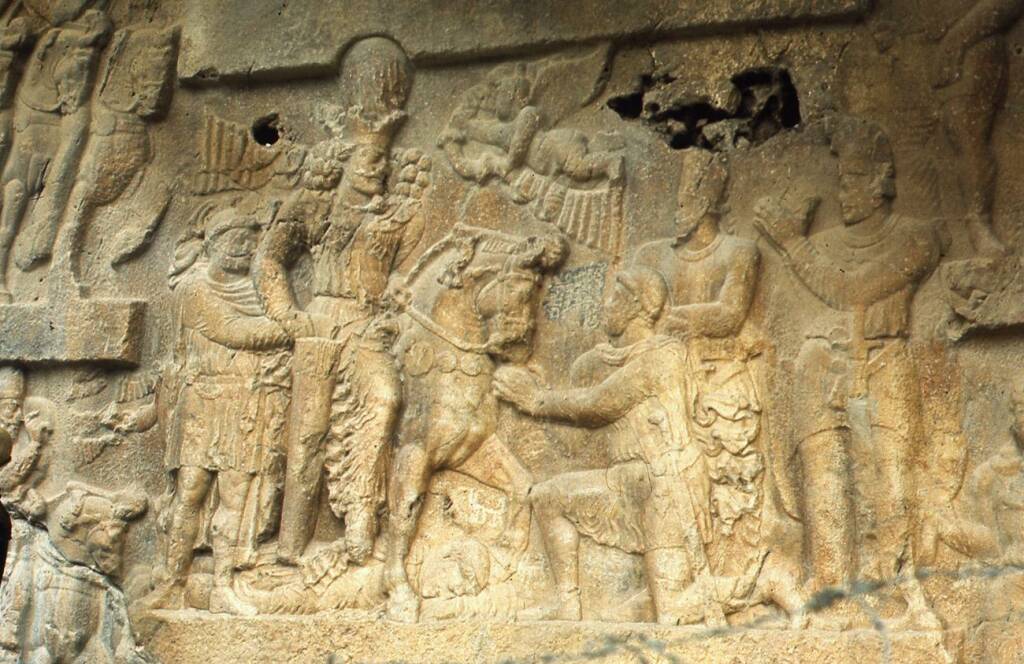“Una lezione per tutti!”: l’origine della rivalità tra le potenze dell’Occidente e quelle dell’Oriente (seconda parte)
Più informazioni su

“Una lezione per tutti!” prosegue con la seconda parte dell’elaborato di storia per le classi seconde, a cura del prof. Fabrizio Biglia dell’ITIS “A. Artom”, sede di Canelli, approfondimento che tratta l’origine della rivalità tra le potenze dell’Occidente e quelle dell’Oriente, un tema più che mai valido al giorno d’oggi ma che affonda le radici in tempi assai antichi, proposto in lingua inglese.
The origin of rivalry between East and West (part 2)
After Ardashir I, king of Parsa, took over the Parthian throne, he founded a new dynasty, named Sassanian after his ancestor Sasan.
This new empire was more powerful than the Parthians’, and even more ambitious: the Sassanians were proud of their Iranian roots and identified themselves with the Achaemenians; so, their goal was to restore the ancient Persian Empire of Cyrus the Great. Eventually, this led to a continuous state of war against the neighbouring Roman Empire.
The Romans were defeated many times and often overwhelmed by the Persian cavalry and armies: in the middle of the 3rd century CE emperor Gordian III, Philip the Arabian and then Valerian were either captured or killed in battle by Ardashir’s son, emperor Shapur I. He dedicated a stone-relief at Bishapur depicting himself mounting his horse, while the three defeated Roman emperors were represented while being stomped by his horse, kneeling in front of the king, or held by him respectively (to be honest, we must admit that there is no proof that Gordian was killed by Shapur: the Roman sources suggest that he was killed either by his successor, Philip the Arabian, or by his own troops). Thanks to its power and ambition, and due to the strict control that it took on its provinces, the Persian Empire could expand its boundaries further than the Parthian Empire could do before.
The Roman Empire was split into two different entities, the Western Roman Empire and the Eastern Roman Empire, and by the end of the 5th century CE the Western part collapsed; so, from that moment on, the state of war against the Persian Empire involved just the Eastern Roman Empire. In AD 627, the eastern Roman emperor Eraclius could defeat his Persian rival, Khosrow II, for the first time after decades but the Persian Empire had the power to keep its integrity until it was ultimately conquered by the Arabs in AD 651.


Picture 2 Rock-relief of king Shapur I at Bishapur. The king is mounting his horse, while Roman emperors Gordian III is lying under the horse’s feet, Philip the Arabian is kneeling in front of the king, and Valerian is being held by the king’s hand (from getty.edu)
Image sources
https://www.cais-soas.com/CAIS/History/ashkanian/parthian.htm
https://blogs.getty.edu/iris/zenobia-visionary-queen-of-ancient-palmyra/
Prof. Fabrizio Biglia









